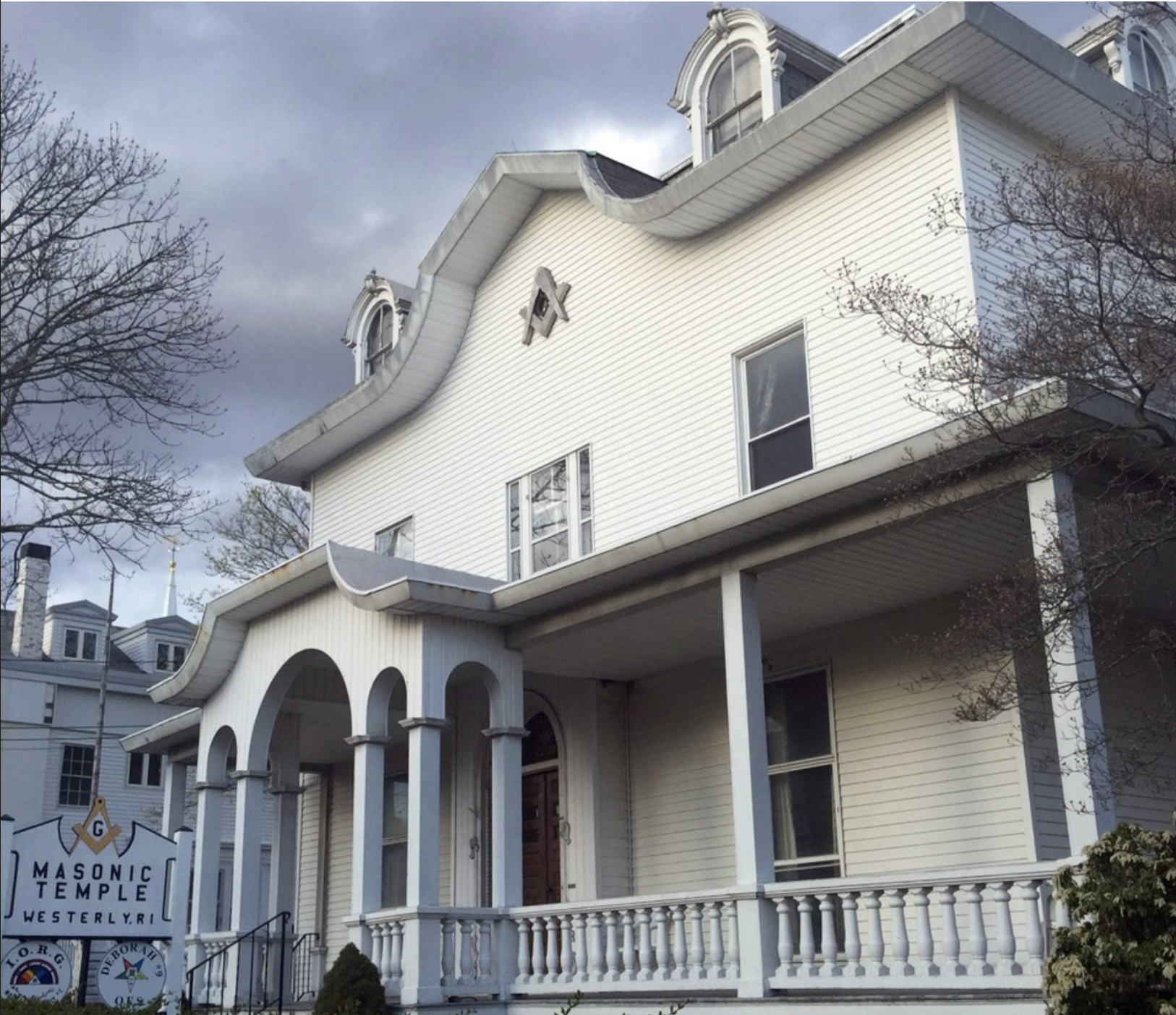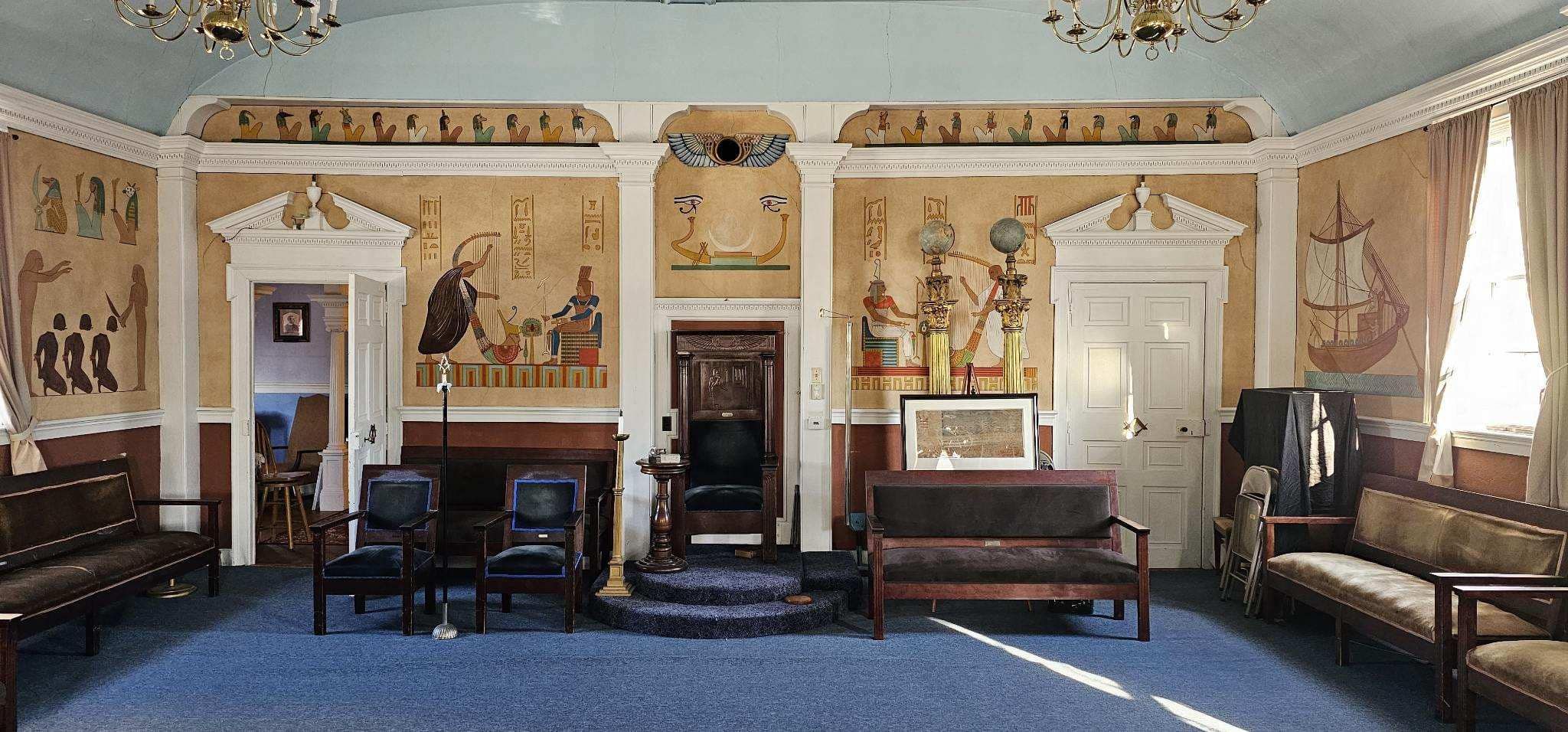Ocean State Gems: Franklin Lodge No. 20
- Guests: 1
- Bedrooms: 0
- Bathrooms: 0
- Double Beds: 0
- Single Beds: 0
- Sofa Beds: 0
OCEAN STATE GEMS: Franklin Lodge - A Legacy of Brotherhood
In the basement of Franklin Lodge No. 20 in Westerly, Rhode Island, R∴W∴ Ray Geer, Grand Historian for the Grand Lodge of Rhode Island and Past Master of Franklin Lodge, made a discovery that captures the lodge's extraordinary history. Opening a cardboard box filled with crumpled newspapers, he expected to find them protecting something valuable. Instead, the papers themselves were the treasure—Civil War-era editions of The Westerly Sun from 1863-1866, one bearing news of Past Grand Master, M∴W∴ Thomas A. Doyle installing lodge's...





